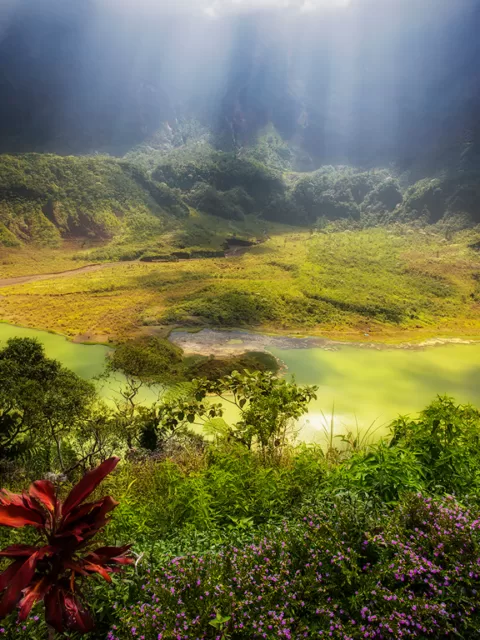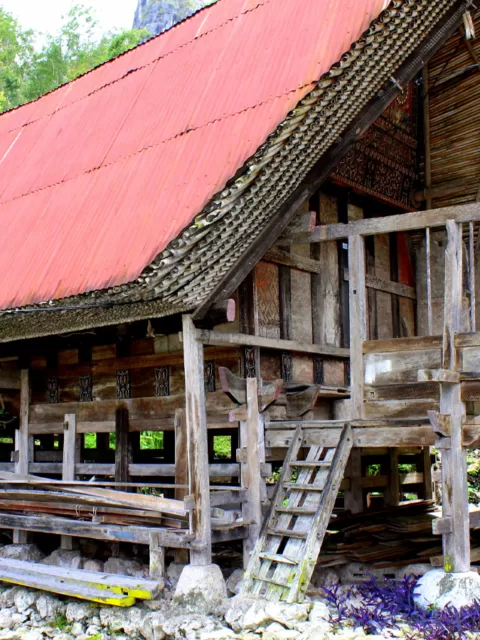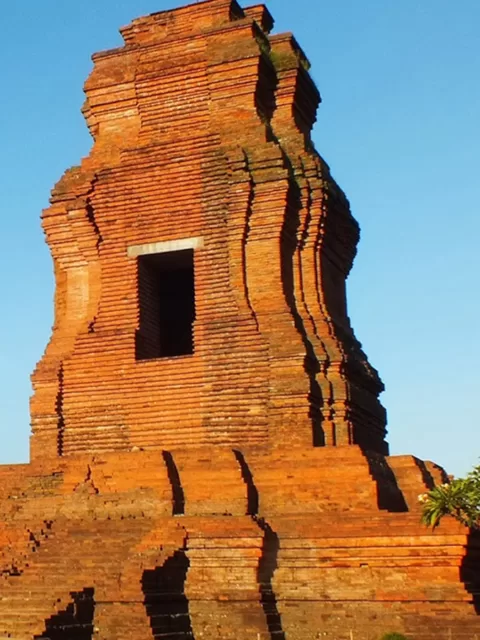Sukuh Temple: The Erotic Temple of Indonesia
Why is it called the “Erotic Temple”?
Nestled within the verdant hills of Central Java, Indonesia, Sukuh Temple stands as a remarkable testament to the country’s rich cultural and historical tapestry. Often referred to as “The Erotic Temple,” Sukuh Temple has been a source of intrigue, fascination, and curiosity for both locals and travelers from around the world. In this immersive exploration, we will delve into the heart of Sukuh Temple, unraveling its history, deciphering the enigmatic architecture, and contemplating the unique and provocative carvings that adorn its sacred walls. Our journey will not only uncover the mysteries surrounding this ancient site but also shed light on the cultural and historical significance of Sukuh Temple.
History of Sukuh Temple
Sukuh Temple, dating back to the 15th century, finds its roots in the Majapahit Empire. The temple’s construction remains a captivating enigma, as the exact purpose for which it was built continues to elude historians. While some theories propose that it was a place of worship, others suggest that the temple may have served as a royal funerary complex. The unique architecture of Sukuh Temple, featuring a stepped pyramid and a towering phallus-like structure, sets it apart from other Javanese temples. Our journey through history will unveil the mysterious origins of this extraordinary temple and the culture that gave birth to it.
The Architecture
The temple’s architectural design is a departure from the conventional Hindu and Buddhist temple structures that dot the Indonesian landscape. Its layout is a fascinating representation of Mount Meru, a sacred mountain in Hindu and Buddhist cosmology. The entrance mimics the form of a female yoni, while the central structure bears a striking resemblance to the male linga. The temple’s unique features, materials, and intricate carvings offer a deep insight into the cultural and religious practices of the time, underscoring the diverse heritage of Indonesia.

The Erotic Carvings
The temple is renowned for its striking and often explicit carvings, which have earned it the nickname “The Erotic Temple.” These carvings, depicting scenes of sexuality, human and animal figures, and mythological narratives, have ignited debate and intrigue. While the purpose and meaning of these carvings remain open to interpretation, theories have emerged suggesting connections to fertility rituals and the celebration of the life cycle. The controversial and provocative nature of these carvings has set the temple apart from other historical sites in Indonesia, leading us to delve deeper into their symbolism and significance.

Sukuh Temple Today
In the present day, the temple stands as a living testament to Indonesia’s rich cultural heritage. The temple is open to the public, allowing visitors to explore its unique architecture and the enigmatic carvings that have mystified generations. As we embark on a journey to the temple, we must consider its current condition and approach our visit with cultural sensitivity. In this section, we will provide essential insights and tips for those planning to experience Sukuh Temple firsthand, ensuring that their visit is both respectful and enlightening.
What can we learn from Sukuh Temple?
Sukuh Temple, affectionately known as “The Erotic Temple,” stands as a compelling embodiment of Indonesia’s cultural diversity and historical complexity. Its architecture, carvings, and enigmatic history challenge us to rethink the boundaries of cultural expression and interpretation. While the temple’s erotic carvings continue to raise questions, they serve as a striking reminder of the multifaceted nature of Indonesia’s cultural heritage. As our journey through Sukuh Temple concludes, we reflect on the significance of this historical and cultural site and the lessons it imparts. Sukuh Temple invites us to appreciate and preserve the unique heritage of Indonesia while embracing the cultural and historical richness that shapes this captivating nation.












